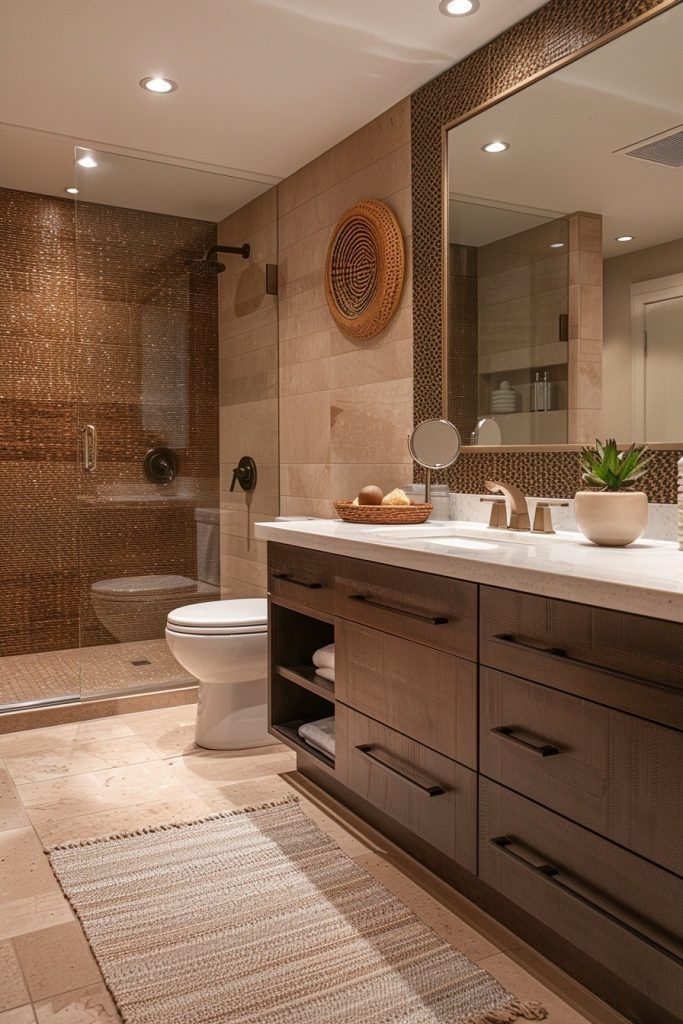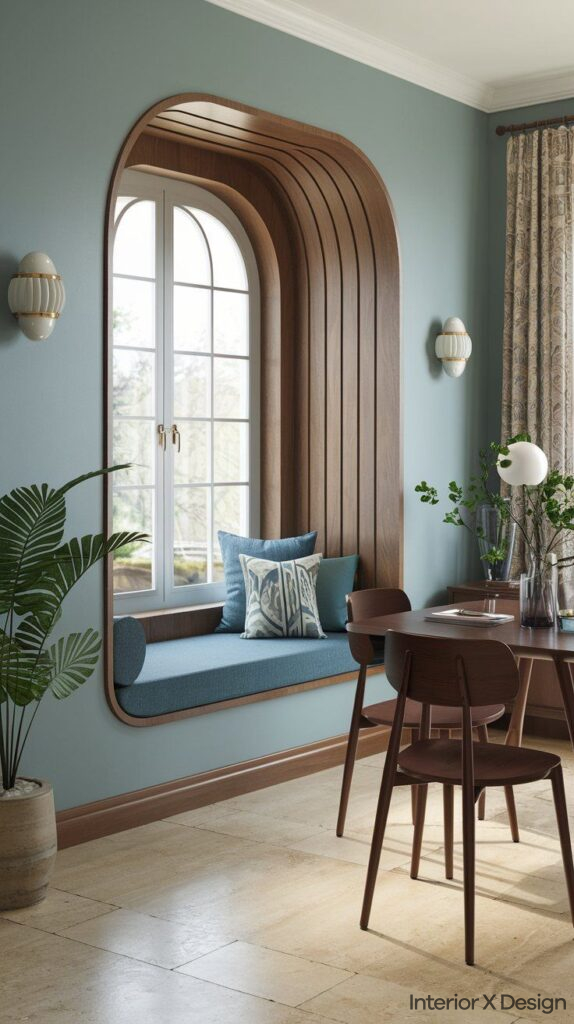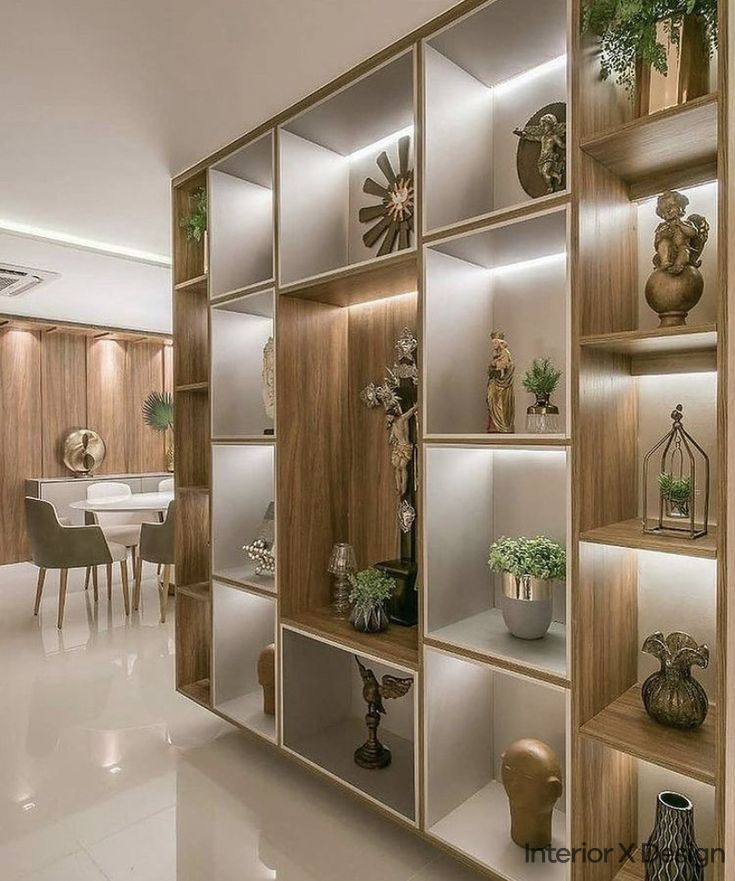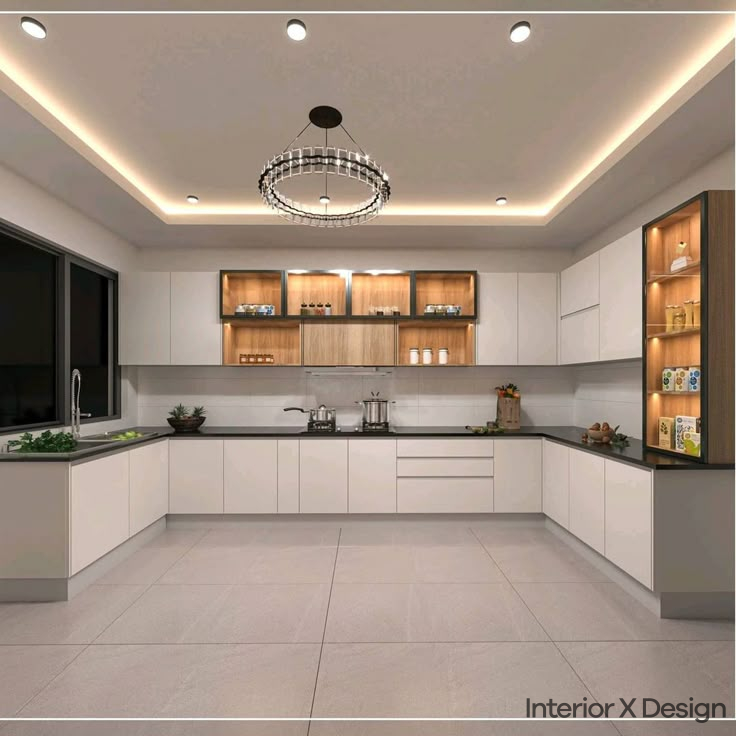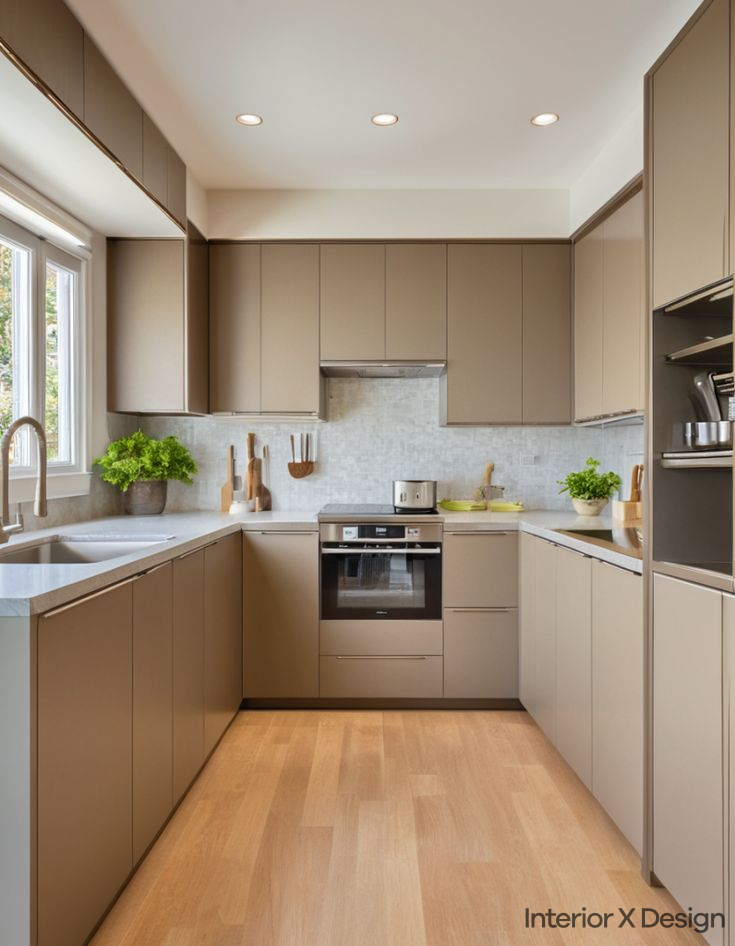In this comprehensive guide, we will discuss the best bathroom materials you should consider, their benefits, and how they can transform your bathroom into a modern and efficient space. Whether you’re designing a new bathroom or upgrading an existing one, knowing which materials to use is the first step toward achieving a great design.
1. Ceramic Tiles: Durable and Stylish

Ceramic tiles are a popular choice due to their water resistance, durability, and variety of styles.
Benefits
- Durable: Resistant to moisture, stains, and scratches.
- Variety: Available in different colors, textures, and patterns.
- Easy to Clean: Requires minimal maintenance.
- Affordable: Budget-friendly compared to materials like marble or granite.
Best Uses
- Walls: Ideal for shower and bathtub surrounds.
- Floors: Durable and easy to maintain.
- Backsplashes: Adds visual interest behind sinks and vanities.
Considerations
- Choose non-slip tiles for flooring to enhance safety.
- Ensure the tiles are rated for bathroom use for longevity.
For a deeper look into the benefits of ceramic tiles and design tips, check out our article on 10 Stylish Bathroom Tile Ideas.
2. Natural Stone: A Luxurious Touch

For an upscale look, materials like marble, granite, and limestone add elegance.
Benefits
- Timeless Appeal: Adds a sophisticated aesthetic.
- Durable: Strong and moisture-resistant.
- Unique Patterns: Each piece has natural variations.
- Increases Home Value: A premium material that boosts resale appeal.
Best Uses
- Countertops: Elegant and durable.
- Flooring: Creates a high-end atmosphere.
- Shower Walls: Offers a sleek, modern aesthetic.
Considerations
- Higher Cost: More expensive than ceramic tiles.
- Maintenance: Requires regular sealing to prevent stains and damage.
If you’re interested in discovering more about luxury materials for bathrooms, check out our Luxury Bathroom Design Ideas.
Considerations:
Natural stone can be more expensive than other materials, so it might not fit everyone’s budget. Additionally, it requires regular sealing to maintain its beauty and prevent damage from water and stains. Choose a stone with proper sealing to prevent long-term issues.
3. Acrylic and Fiberglass: Affordable and Low-Maintenance

These materials offer budget-friendly and practical solutions for bathrooms.
Benefits
- Cost-Effective: A cheaper alternative to stone and ceramic.
- Low Maintenance: Easy to clean with no sealing required.
- Variety: Available in multiple colors and styles.
- Lightweight: Easier to install compared to heavy materials.
Best Uses
- Bathtubs and Showers: Commonly used for enclosures and tubs.
- Sinks: Durable and cost-effective.
- Shower Panels: Provides a seamless look.
Considerations
- Can be scratched easily, so use gentle cleaners.
4. Glass: Transparency and Elegance

Glass is widely used for its clean, contemporary look.
Benefits
- Aesthetic Appeal: Adds a modern touch.
- Enhances Space: Creates an open feel in small bathrooms.
- Easy to Clean: Doesn’t absorb moisture.
Best Uses
- Shower Enclosures: Frameless glass doors create a minimalist look.
- Mirrors: Reflects light, making the space feel larger.
- Shelving: Provides stylish and practical storage.
Considerations
- Shows water spots and fingerprints easily.
- Requires regular cleaning to maintain clarity.
For design inspiration on how to incorporate glass materials into your bathroom, visit our page on modern washroom material ideas.
Considerations:
Although glass is an elegant material, it can show water spots and fingerprints easily. Regular cleaning is necessary to maintain its shine. Additionally, glass can be fragile, so it is essential to ensure it is installed correctly and safely.
5. Waterproof Vinyl: Versatile and Resilient

Vinyl flooring has gained popularity for its durability and water resistance.
Benefits
- Waterproof: Withstands moisture better than wood or laminate.
- Durable: Resistant to scratches and stains.
- Cost-Effective: Affordable compared to hardwood or stone.
- Comfortable: Softer underfoot than ceramic tiles.
Best Uses
- Flooring: Provides a wood-like look without water damage.
- Wall Panels: Mimics the look of expensive materials.
- Backsplashes: Adds texture and interest to walls.
Considerations
May not add as much resale value as natural stone or tile.
Comparison Table: Best Bathroom Materials
| Material | Durability | Maintenance | Cost | Best For |
|---|---|---|---|---|
| Ceramic Tiles | High | Low | $$ | Walls, floors, backsplashes |
| Natural Stone | High | Medium | $$$$ | Countertops, floors, shower walls |
| Acrylic/Fiberglass | Medium | Low | $ | Bathtubs, sinks, shower panels |
| Glass | Medium | Medium | $$$ | Showers, mirrors, shelves |
| Waterproof Vinyl | High | Low | $$ | Floors, walls, backsplashes |
Common Mistakes to Avoid
- Choosing Non-Waterproof Materials: Some materials can absorb moisture and get damaged over time.
- Ignoring Slip Resistance: Smooth, glossy tiles can become hazardous when wet.
- Skipping Proper Sealing: Natural stone requires sealing to maintain its longevity.
- Overlooking Maintenance Needs: Some materials require frequent cleaning or upkeep.
- Focusing Only on Aesthetics: Choose materials that balance style with durability.
By selecting the right materials, your bathroom can be both stylish and functional for years to come. For more design ideas, visit our latest bathroom inspiration guides.

